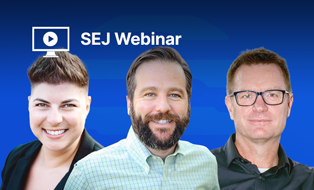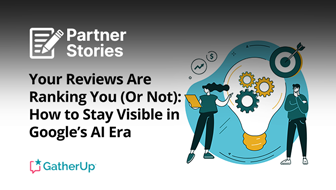Google’s John Mueller was asked in a Webmaster Hangout about improving web page content focus. Mueller shared two tips on how to do that.
How to Improve Content Focus?
The question was asked about poorly indexed Product Description Pages (PDP). The publisher asked if making the content more prominent would help.
“Do you think moving the images down and the relevant text up would help Google better interpret the focus of each of these pages?”
Somewhat surprisingly, John Mueller answered no, that’s not how to improve content focus.
Then he explained why:
“So just shifting the location of content within an HTML page I don’t think that plays a big role at all.”
Content Tip #1: Proper Use of Headings:
Headings are Not Keyword Wish Lists
A common misconception about headings (H1, H2, etc.) is that they are important as ranking factors. Because of that, a common error made by SEOs and publishers is to use headings as place to add important keywords for which they want the page to rank for.
Essentially, SEOs in 2001 and even today use the heading elements as a wish list for all the keywords they’d like to rank.
That used to be the way to rank a page back in 2001 and thereabouts.
Modern Search Engines Have Evolved Headings Use
How Google uses heading tags has evolved several times over the years. Today, heading tags are important but not as a way to tell Google which keywords you want to rank for.
What Headings are Useful For
Heading tags are useful for indicating what a section of content is about.
A web page is about a topic. In a well constructed web page, each section of a web page is about a sub-topic of that web page.
So when a user queries Google about a product the information needs they bring to your page might include images of the product, pricing, size, color, review and a comparison.
If your page is informational then the informational need for a page of content might be the usefulness of tools for accomplishing a goal (like the right pan for a recipe) or other supplementary information that together satisfies the users needs.
Heading tags are what defines and describes what that section of a web page is about. This has always been what headings were for. The SEO community has simply been using them poorly.
John Mueller on Proper Use of Headings:
“Headings are useful in that we can take a heading and see what images and which text kind of apply to that heading.”
It’s clear from Mueller’s answer that in well planned page of content, the heading, the images and text form a unit that each relate to each other.
Headings that do not directly relate to the content is a common mistake. This is what sometimes leads to web pages being ranked lower.
John Mueller then reiterated how moving text around to make it more prominent over images won’t help in getting content properly indexed:
“But just shifting around things with HTML or with CSS I don’t see that playing a big role there at all.
So in that regard, I wouldn’t really worry about about this.”
Tip #2 Interstitials Can Block Indexing
This next part is interesting. According to Mueller, an improperly deployed interstitial may interfere with content indexing.
Mueller had visited the site and noticed an interstitial for picking a country that might block Google from properly indexing the content.
“One thing I did notice when looking at that example page that you link to is that when I loaded up, after a certain period of time it switches to… a country picker interstitial.
I don’t know how you’re …triggering this and if you trigger this in all locations but for example if you were to trigger this when Googlebot crawls and renders your pages that might also result in Googlebot not being able to index your pages properly. So that’s one thing you might want to double check.”
John Mueller went on to recommend using a banner or other user interface object for encouraging site visitors to pick their country.
According to Mueller:
“Because if you’re using a banner then even if that does end up being rendered in Google’s systems then it wouldn’t block the indexing of the rest of your content.
Whereas if you have an interstitial that in the worst case… takes out all of the old content and replaces it with this… country or language picker, then we might not have that much content left on the that page for indexing.”
Many sites use an unobtrusive icon in the top right corner or use IP sniffing to redirect users to the correct version of a web page.
Watch the Google Webmaster Hangout Here:





